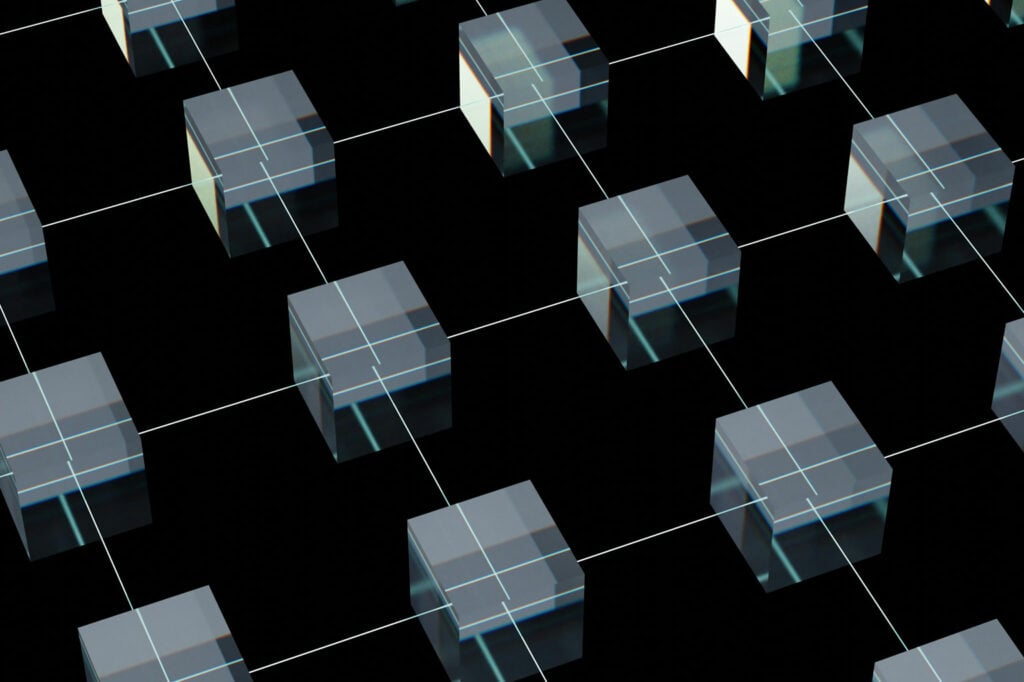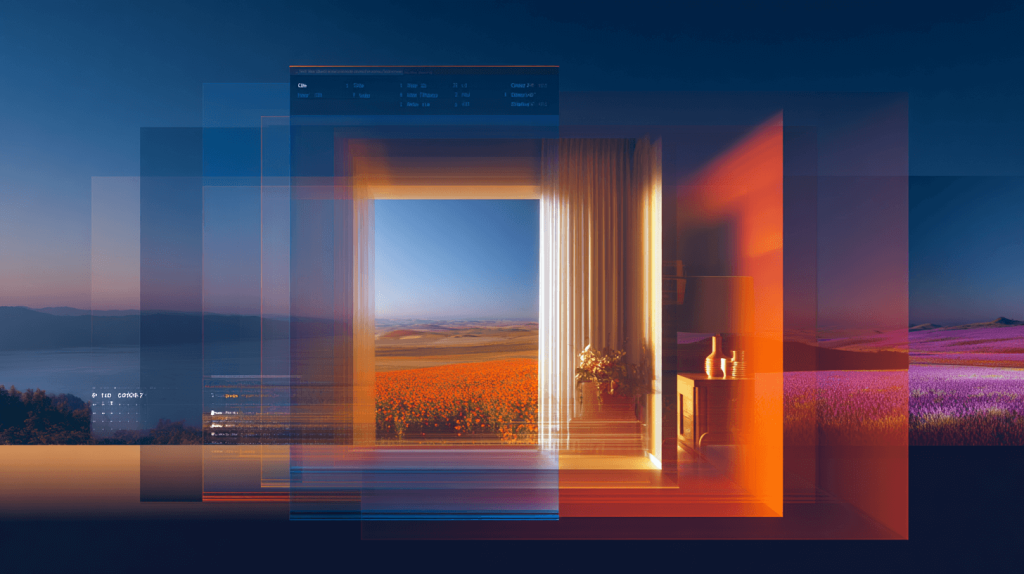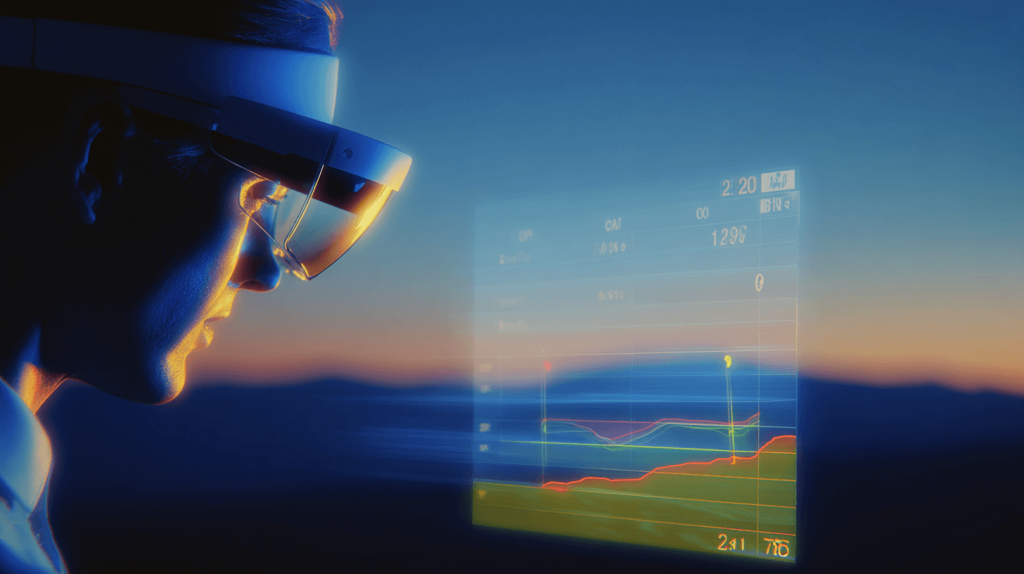Software inventions are more than lines of code; they are the driving force behind today’s digital revolution. This article offers insight into their transformative history, elucidates patenting strategies, and unveils the prospects of these vital technological assets. If you’re navigating the interface between creativity and protection in the software domain, here’s a concise guide to understanding and protecting your inventive work.
Why Should You Read This Article?
- Gain comprehensive knowledge: This article covers the evolution of software inventions from their early stages to modern-day applications, including key developments like object-oriented programming (OOP).
- Understand protection strategies: Learn how to safeguard your software inventions with patents and copyrights. We delve into the patent process, including the submission of a detailed application, claim set, and drawing figures and evaluate the criteria such as novelty, non-obviousness, and utility required to successfully prosecute a software patent application with the United States Patent and Trademark Office.
- Explore the future of software inventions: Discover how technological trends like AI, blockchain, and quantum computing are shaping the future of software inventions. However, be aware of the challenges that inventors face, such as complex patent processes and increased competition.
- Understanding the future: By understanding the history, protection strategies, and future trends of software inventions, you can better navigate the software domain. This knowledge will equip you to protect your inventive work and stay ahead in the field.
A Brief History of Software Inventions
It all began with Ada Lovelace’s concept of the Analytical Invention in the 1830s, when she created the first computer program. This kicked off a wave of invention that led to the advent of a programmable electronic computer and eventually to what we now refer to as an automatic electronic digital one. All these developments set up for advancements such as creating new mechanical computers, ALGOL programming languages etc., leading us on our way towards modern applications running across modern personal computers connected by stored programs within them.
It was the during the pre-World War II years where digital computers were introduced with the Atanasoff-Berry Computer and Electronic Numeric Integrator and Computer where early programming was performed with machine code and physical switches.
After the conclusion of World War II, the first assembly language and Fortran pioneered the first high-level programming language making it easier to write early code. Nearly a decade later, Lisp allowed for easy and convenient manipulation of data strings where code could be interpreted with a compiler.
In 1972, the C programming language was introduced by Dennis Ritchie and Bell laboratories allowing programs to be written in C and run on a wide range of platforms. C not only became the standard language in embedded but quickly became the foundation for future programming such as C++ and C#.
Today software can be found in every industry where artificial intelligence, blockchain, and machine learning are not only reshaping software development but enhancing productivity and efficiency in every facet of our professional and personal lives.
Object-Oriented Programming Revolution
The introduction of object-oriented programming (OOP) has significantly changed the software development scene on a global scale. By utilizing an OOP language at a high level, developers can structure programs around objects with principles such as encapsulation, inheritance, abstraction, and polymorphism, making it easier to create more efficient code.
Object Oriented Programming had massive ramifications for how programming languages are designed today. Altering the course of different coding environments considerably due to its influence in software engineering. Indeed, all types of computer programmers now rely upon this approach when generating quality end results from their workflows by taking advantage of features like reusability across various platforms that require minimal maintenance costs involved in production efficiency operations.
Finally, we may say that object-oriented programming is essential for modern day coders who need better solutions dealing with challenges associated with data storage systems while adhering strictly to the latest trends impacting directly effective application behavior satisfying highest standards both quantitatively and qualitatively wise resulting considerable improved performance along required outcomes realization within specialized sectors.
Protecting Your Software Invention: Patent vs. Copyright
Software inventions, a product of painstaking computer programming, can be protected with various forms of intellectual property such as patent and copyrights. Copyrights safeguard the specific expression of an idea, such as the written source and object code of software, while patents provide protection for the underlying processes, methods, and techniques that power the software, preventing unauthorized use, creation, or sale without authorization or a license from the patent holder.
Software and software related inventions are patentable subject matter if properly claimed in your software patent application. According to the United States Patent and Trademark Office (USPTO), a software process refers to an act or series of steps your software executes. Thus, the patentability of your software related invention stems directly from how the patent application is drafted and how the process or method is described. To ensure your software is patent eligible subject matter, your software application must be directed to the process or method of execution of the software on a computer or mobile computing device and include all accompanying hardware or components where the software is implemented.
Copyright protection may extend to the software source code, object code, and visual elements. As with most software innovations, source code and object code are considered literary works and protectable with copyright registration if they are original and fixed in a tangible medium expression. In most cases involving software, the tangible medium is typically a hard drive, print, magnetic, or electronic medium. While copyright protections extend to the original expression within the software, it does not include the functional aspects of the software such as the algorithms, hardware, system design, logic, or formatting.
Navigating the Software Patent Process
Navigating the process of achieving a software patent can be difficult due to its complexity. Gaining insight into these requirements should help make understanding easier.
Provisional Patents for Software
Submitting a provisional patent for software inventions can be incredibly useful, providing an extra year of protection and the opportunity to perfect one’s invention. A provisional utility patent application provides a 12-month pendency period for an inventor to further develop and finalize their application while being considered “patent pending.” It must be understood that while provisional patent applications are a great fit for early-stage inventions, a provisional patent application is only a placeholder for the 12-month term and must converted to a non-provisional patent application before the expiration of such period or your protection, including your priority date, will be lost.
When compared with a non-provisional patent application, a provisional patent application is less complex (typically 5-20 pages) and cost significantly less to prepare and file.
Understanding Patentable Subject Matter for Software Patents
When drafting your application, it is important to understand what the USPTO Examiner will consider in their analysis of whether your application is patentable. This can help you try to avoid claiming “non-patentable subject matter” when drafting claims for your patent application for software patents. Non-patentable subject matter rejections occur when the Examiner argues that the subject matter of your claimed invention is not eligible for patent protection because it is directed to an abstract idea or otherwise fails to qualify as patentable subject matter under 35 U.S.C. § 101.
Under 35 U.S.C. § 101, there are four types of inventions (i.e., four “statutory categories”) that are eligible for patent protection: processes, machines, articles of manufacture, or compositions of matter (or any new and useful improvement thereof). Software-related and SaaS inventions will generally be considered to fall under the “process” category of inventions. Sometimes, if the invention is claimed as a machine (i.e., computer) that implements the process, aspects of the claimed invention will fall under the “machine” category.
Courts have interpreted the four statutory categories of inventions to exclude “laws of nature, natural phenomena, and abstract ideas.” These terms, commonly referred to as “judicial exceptions” to patent eligibility, include things that are not eligible for patent protection, such as scientific principles (e.g., claims to fundamental formulas/relationships such as that force equals mass times acceleration, or F = mA), naturally occurring phenomena (e.g., lightning, gravity, sunlight), mental processes, and mathematical algorithms. In most software applications, the last two exceptions (mental processes and mathematical algorithms) will be the basis of non-patentable subject matter rejections.
Case Studies: Successful Software Patent Examples
Several popular software startups such as Airbnb, Coinbase, Doordash and Facebook have successfully used patents to protect their unique inventions in the field of personal computers. This has enabled them to achieve considerable commercial success by ensuring that they are able to monopolize any innovative product or idea developed by a team member.
Software Inventions Example 1: AirBnb
For instance, Airbnb has a patent (US20200019892A1) for an “Automated determination of booking availability for accommodation listings.” This patent uses a system and method to update a booking entry for an accommodation listing and reservation system using a model that determines the probability that the accommodation listing would be able to be booked.
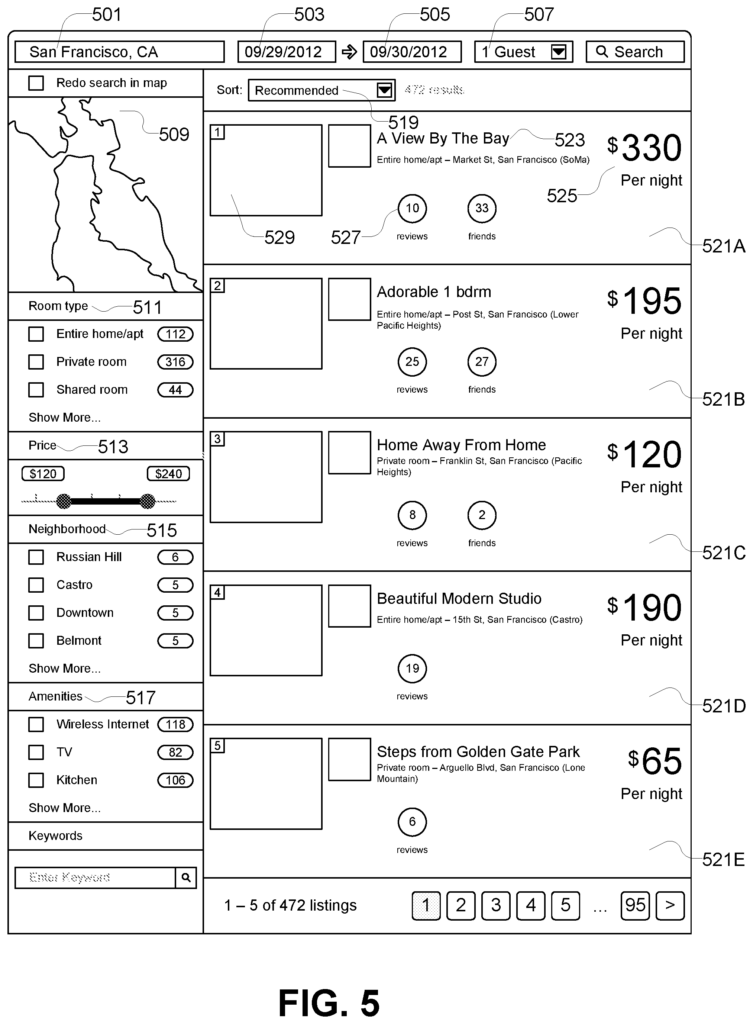
Software Inventions Example 2: Coinbase
Coinbase, on the other hand, has a patent (US10614430B2) for an “Instant Exchange” which describes a system and method for transacting bitcoin, allowing bitcoin to be sent to an email address with no miner’s fee. The system utilizes the private key of a Bitcoin address, then splits and distributes the key to keep the vault secure, allowing merchants and customers to instantly exchange bitcoin and lock in a local currency price.
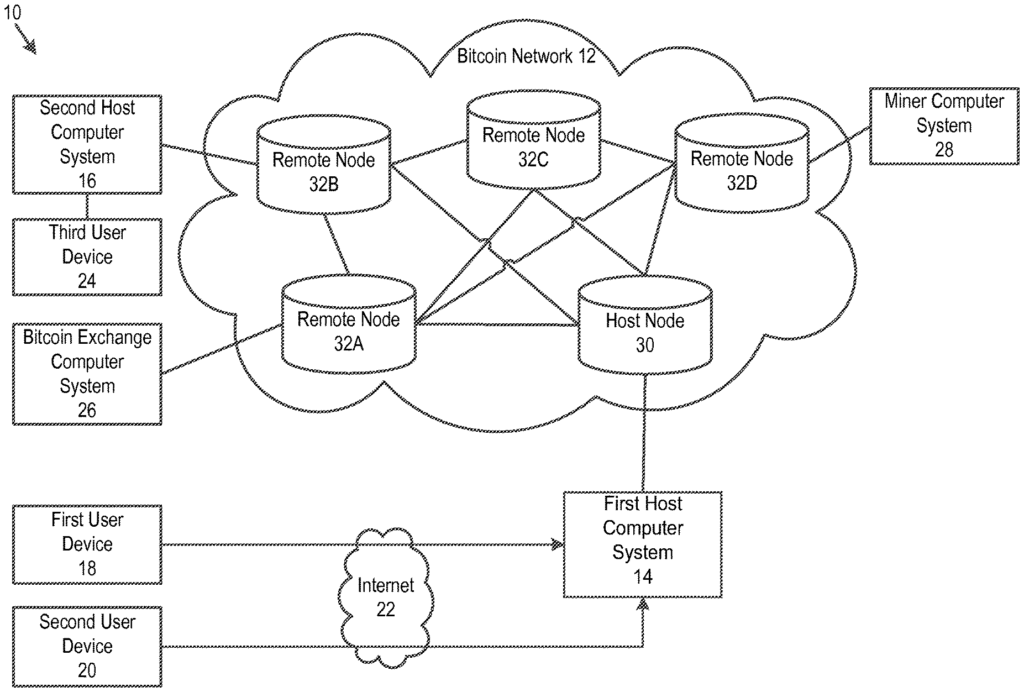
Software Inventions Example 3: Doordash
Doordash has a pending patent for an “Automated vehicle for autonomous last-mile deliveries.” This invention describes an automated vehicle for improving last-mile delivery of real-time, on-demand orders for perishable goods.
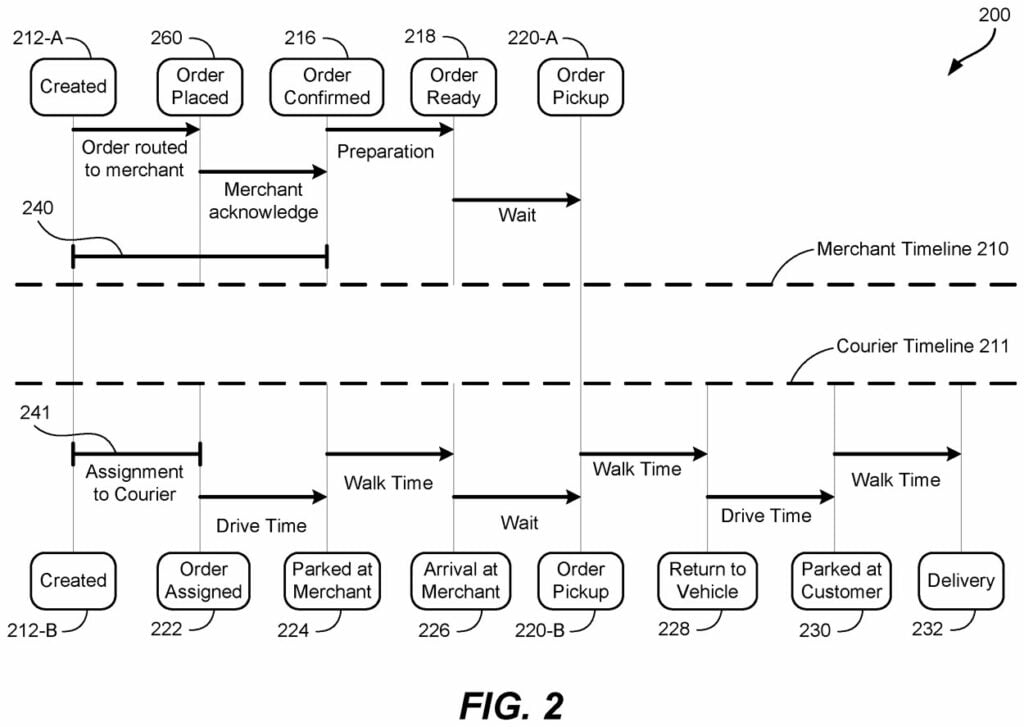
Software Inventions Example 4: Facebook
Lastly, Facebook has a pending patent for a “Dynamic mask application,” which describes a system and method which utilizes social data to present users with a variety of mask options, some of which were previously selected by friends, and applying the mask to the user.
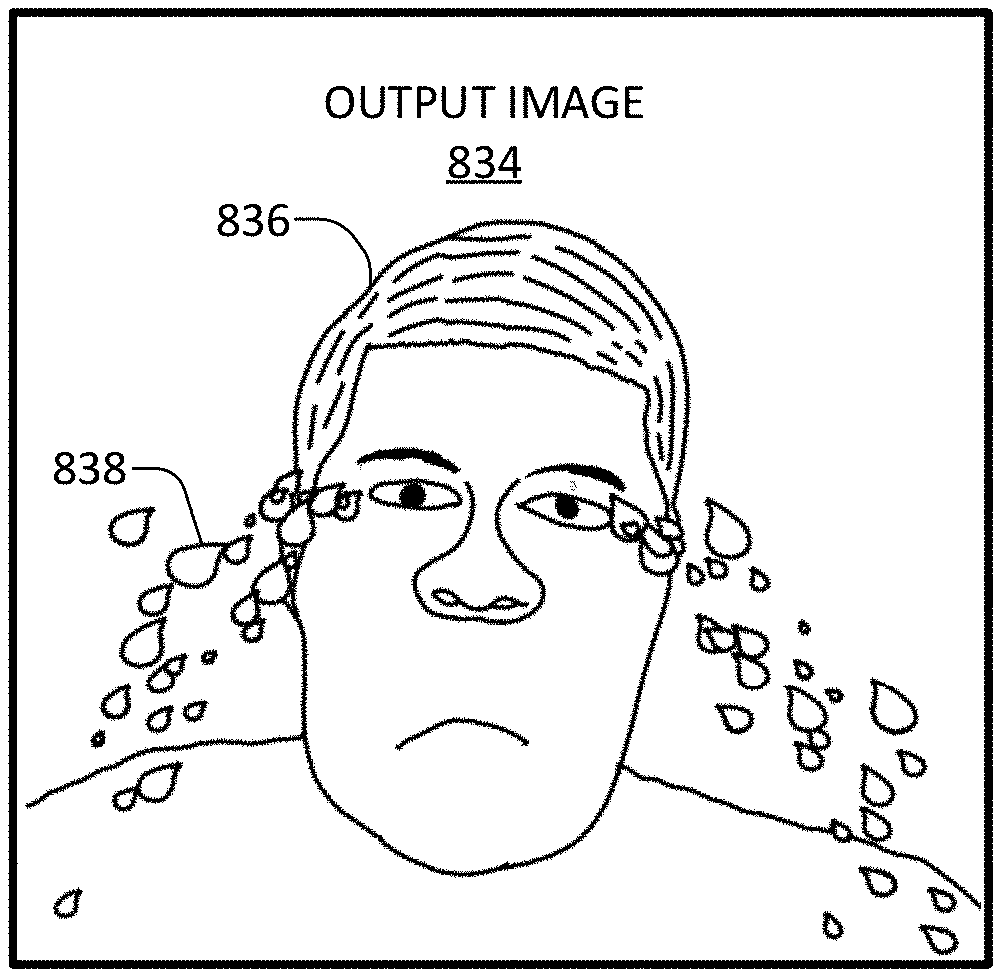
To secure successful patent applications for these technologies, there needs to be comprehensive content which includes an accurate preamble along with detailed drawings and specifications plus clear new claims made against existing technology products already on the market. All this will greatly increase chances of approval when submitted appropriately at opportune times during its life cycle, keeping potential protection scope narrow where applicable yet expansive enough to capture current developments.
If adequately strategized it can certainly lead to business profit from investments placed into obtaining most beneficial coverage opportunities offered through Intellectual property law while balancing risk factors associated with cost outlays vs achievable returns and long-term yields relying heavily upon corporate goals set forth in the original prior filing commencement stage.
Open-Source Software and Licensing Options
Open-source software is available with its code to be used, changed, and distributed by anyone. As such, developers, programmers, and users can contribute to the software’s development, creating a communal project where benefits compound on themselves from the diverse contributors. This open collaboration has led to the creation of some of the world’s most widely used and impactful software, including the Linux operating system, the Apache web server, and the Firefox web browser.
Moreover, open-source licenses allow for a wide range of contributions, from bug fixes to new features, all of which can improve the quality and functionality of a software. Hence, why many tech giants, such as Google and Facebook, actively contribute to and rely on open-source projects.
Open-source licenses protect the software creators’ rights while ensuring the software remains free and open to the public. They offer a legal framework that allows for the free distribution and modification of the software while also protecting the rights of the original creators. Inventors can choose from several open-source licenses that meet their needs – including Apache License, MIT License, GNU General Public License (GPL), BSD License, or the GNU Lesser General Public License, each providing varying terms regarding use.
These licenses carry many implications concerning your rights as the licensee and the software’s sharing policies and availability for distribution. For example, modifying GPL-licensed software requires the licensee to license their changes under the GPL. On the other hand, the MIT and Apache licenses are more permissive, allowing you to license your changes under any terms you choose.
Open-source software and its licensing options provide a unique and powerful software development and distribution model. They offer a way to protect inventors’ rights while promoting innovation and collaboration. Understanding and utilizing open-source licenses should be crucial to anyone’s software development strategy.
Recent Copyright Lawsuit: The New York Times vs OpenAI and Microsoft
In an unprecedented move, The New York Times filed a lawsuit against OpenAI and Microsoft, alleging copyright infringement. This lawsuit marks a significant development in the ongoing legal discourse surrounding the use of published work for training artificial intelligence technologies.
Here, The Times claims that OpenAI used millions of its published articles without permission to train automated chatbots, which, according to The Times, are providing information that is in direct competition with the news outlet’s content. The Times expresses concern that readers might be satisfied with responses from a chatbot and choose not to visit The Times’s website, thereby reducing web traffic that can be translated into advertising and subscription revenue.
The Times is seeking “billions of dollars in statutory and actual damages” related to the alleged unauthorized use of their copyrighted works. The lawsuit also demands that the companies destroy chatbot models and training data that use copyrighted material from The Times.
As an Intellectual Property Attorney, I believe this case holds great significance as it can potentially establish a crucial precedent regarding using copyrighted material for training AI systems. The novelty of AI poses a challenge that US copyright law has had limited opportunities to address, making this a potentially landmark case.
While it may seem logical that unauthorized use of copyright-protected materials is illegal, there are limited scenarios where such use is permissible. Section 107 of the Copyright Act defines Fair Use as a doctrine that allows the unlicensed use of copyrighted material if specific criteria are met. For instance, unlicensed use of copyrighted materials is more likely to be considered “fair” and permissible for nonprofit purposes than commercial purposes. Fair Use under the Copyright Act has many considerations which, as mentioned, the United States courts have not yet had many chances to apply to use with AI.
Copyright infringement is a complex issue with valid arguments available to both sides. On one hand, content creators have a right to control how their work is used and to be compensated for that use. On the other hand, using copyrighted materials for AI training can be seen as a form of fair use.
This lawsuit comes when concerns about AI systems uncompensated use of intellectual property are growing. The ability of these systems to mimic natural language and generate sophisticated written responses has raised alarm among original content creators. As AI technologies evolve and improve, the news journalism and content creation landscape will likely undergo significant changes.
The Future of Software Inventions
In the future, software inventions will continue to incorporate emerging technologies such as Artificial Intelligence, blockchain technology, quantum computing, cybersecurity, and Robotic Process Automation. These technologies are poised to revolutionize the way we interact with software, making it more intuitive, efficient, and powerful. Furthermore, with the implementation of 5G networks, the speed and reliability of software applications are set to improve dramatically, facilitating real-time communication and data transfer.
In addition, edge computing and augmented reality technologies are gaining traction, offering opportunities for software inventions that can process data closer to the source and create immersive, interactive experiences. Quantum computing, with its potential to solve complex problems much faster than traditional computers, holds a strong potential in this context, promising a new era of computing power and capabilities.
However, despite its prospects, the future of software invention is not without challenges. The patent procedures, for instance, can be complex and time-consuming, requiring legal expertise and a thorough understanding of what is considered patentable subject matter with your software invention. Moreover, the rapid pace of technological advancements and the intense competition among developers can make it difficult to stay ahead of your competitors and meet user expectations.
In this dynamic environment, the importance of protecting your software early and with the right forms of intellectual property will provide you with a competitive advantage.
Looking ahead, it is clear that the landscape of software invention is set to undergo significant changes in the coming years. As we prepare for this future, we can look forward to an era of unprecedented innovation and progress in the field of software invention.
Summary
To sum, the history of software inventions is a testament to human creativity and what can be achieved through technology. Throughout this evolutionary process, there have been numerous important milestones. Breakthroughs in programming paradigms and progressive trends that continue to shape our understanding today. As we progress ever-deeper into these complexities surrounding patent processes and open-source licensing, exciting potential lies ahead offering an abundance of unexplored possibilities for us all.
Frequently Asked Questions
What software can be patented?
All types of software, including individual programs for computers, mobile apps, AI, and embedded software is potentially patentable subject matter.
Why is software hard to patent?
Software is hard to patent because it not only involves the identification of the novel subject matter in your invention but the carefully drafting of your patent application. We recommend utilizing the USPTO’s Track One Prioritized Examination programs to greatly reduce your pendency time after your application is filed.
What are the categories of inventions?
Inventions can be divided into four categories, as identified in the United States Code (35 U.S.C. 101): processes, machines, manufactures, and compositions of matter. But they may also relate to scientific-technological advancements or sociopolitical and humanistic discoveries/innovations too. To tangible goods that are patentable under this code provision, a broader range of ideas exist within realms such as science & technology, social affairs or humanity which constitute inventions far beyond what is explicitly set out in 35 U.S.C 101.
What is the difference between copyrights and patents in the context of software inventions?
It’s important to remember that copyrights do not protect systems, methods, or processes of operations. Rather, copyrights protect the source and object code and literary work ready by a computing device.
Utility patent applications protect the new and novel functionality of your software invention including the process and methods of execution.
Schedule a Free Consultation Today
Since software patent applications and copyrights can be time-consuming and require multiple revisions before and after submission, predictable, flat fee pricing offers transparency and visibility into the cost of your patent. On the other hand, with hourly pricing, you can quickly rack up a huge bill, especially if your attorney is not well versed in the drafting and prosecuting of your software application.
Not all patent attorneys are created equal and understand the underlying software technology is fundamental to receiving an issued patent. Working with Rapacke Law Group will save you time, money, and hassle. In addition to a fixed-fee billing approach, RLG offers a money-back guarantee on all prior art searches, trademark applications, provisional patent applications, and design patent applications. To be clear: should our team determine that your invention is not patentable considering the prior art, a full refund will be provided.
If patentable, we will credit the cost of your search towards your new application. For trademark and design patent applications, this means that if your application does not receive a notice of allowance for any reason, we will provide a full refund. Our trademark and design patent application packages include all search, preparation, office action, USPTO correspondence, and filing fees. Please schedule a free IP Strategy Call or take our intelligent IP quiz to see what protection is best for your invention.

